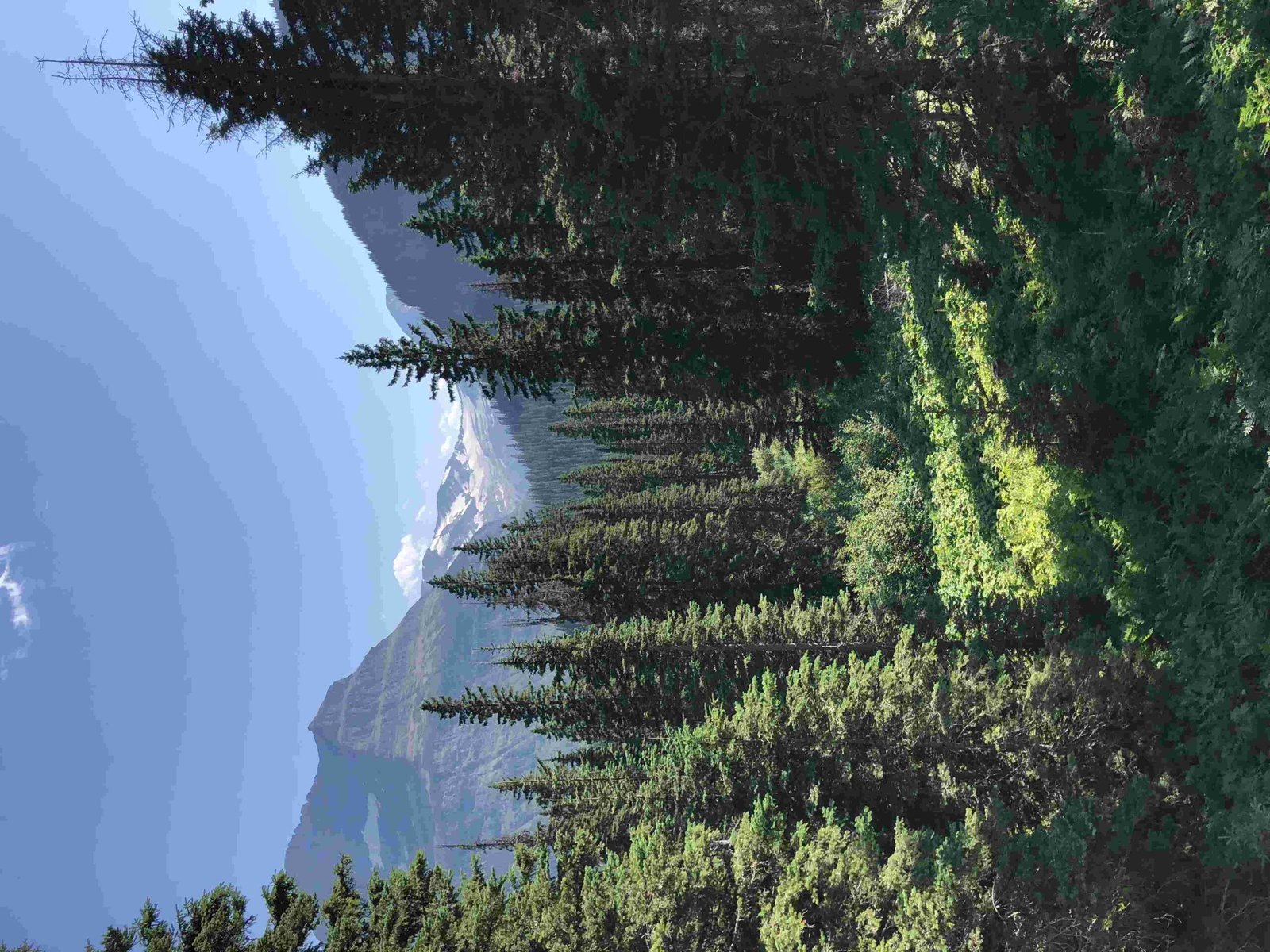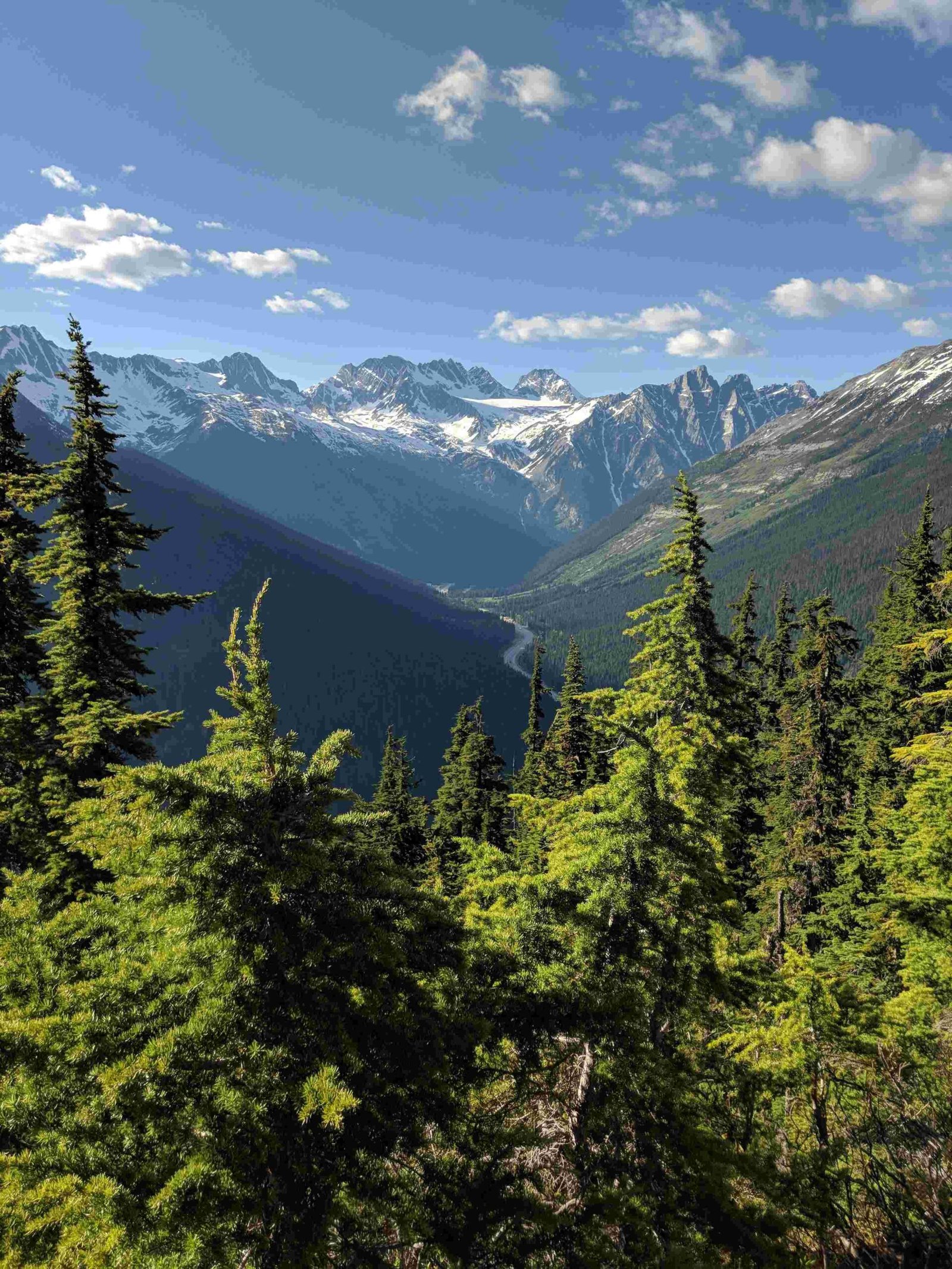Belly River fishing in Glacier National Park offers a unique angling experience in pristine wilderness. Located in the northeast corner of the park, the Belly River system provides opportunities to catch native cutthroat trout amidst stunning mountain scenery. Anglers must adhere to specific regulations, use appropriate gear, and be prepared for remote backcountry conditions. This guide covers essential information on regulations, techniques, fish species, and access points for a successful fishing adventure on the Belly River.
What Are the Fishing Regulations for Belly River?

Fishing in Glacier National Park, including the Belly River, is subject to specific regulations:
- No Montana fishing license required within park boundaries
- Montana fishing license needed for Middle Fork of Flathead River
- North Fork of Belly River closed to fishing as of 2024
- Catch and release for all native fish species
- No daily catch or possession limits on non-native fish
- Bull trout must be immediately released if caught incidentally
Seasonal Restrictions
| Season | Fishing Status |
|---|---|
| Early June – Late October | Peak fishing season |
| November – May | Limited access due to snow and trail conditions |
What Gear Should I Use for Belly River Fishing?

Proper gear selection is crucial for a successful and responsible fishing experience:
- 9-foot rod with 5 or 6-weight trout line
- Waders for navigating river waters
- Net for safe catch-and-release handling
- Nontoxic tackle (brass, steel, bismuth, or tungsten)
- Artificial flies and lures only (bait generally prohibited)
Which Fish Species Can I Expect to Catch?
The Belly River is home to several fish species, with native cutthroat trout being the primary target for anglers:
Cutthroat Trout
- Native to Glacier National Park
- Known for vibrant colors
- Can grow to significant sizes
- Prefer cold, clear waters
- Most active during warmer months
Bull Trout
- Federally listed as threatened species
- Protected and must be immediately released if caught
- Found in deeper, colder waters
- Less common in Belly River due to habitat degradation
How Do I Access the Belly River for Fishing?
Accessing the Belly River for fishing requires some planning and preparation:
- Located in the extreme northeast of Glacier National Park
- Near the Canadian border
- Hiking required from road access points
- Trails can be challenging for inexperienced hikers
- Access via trails near Chief Mountain trailhead or other northeastern park entrances
Parking and Trail Information
- Designated trailhead parking available
- Trails often steep with significant elevation changes
- Rugged terrain may be challenging for some hikers
Permits and Fees
- No special fishing permits required within Glacier National Park
- Montana fishing license necessary for certain adjacent areas (e.g., Middle Fork of Flathead River)
- No additional fees for fishing, but general park entrance fees apply
What Techniques Work Best for Belly River Fishing?
To maximize your chances of success when fishing the Belly River, consider these techniques:
- Fly Fishing: The most popular and effective method
- Use dry flies to imitate surface insects
-
Try nymphs or streamers for subsurface fishing
-
Light Tackle Spinning: An alternative to fly fishing
- Use small spinners or lightweight lures
-
Focus on pools and eddies where fish may be holding
-
Read the Water: Look for:
- Undercut banks
- Fallen trees or logs
- Deep pools
-
Riffles and runs
-
Stealth Approach: Fish are easily spooked in clear mountain streams
- Move slowly and quietly
- Avoid casting shadows over fishing spots
-
Wear earth-tone or camouflage clothing
-
Practice Catch and Release: To preserve native fish populations
- Use barbless hooks for easier removal
- Wet your hands before handling fish
- Keep fish in the water as much as possible
- Release quickly to minimize stress
What Should I Know About Safety and Conservation?
When fishing the Belly River, keep these important points in mind:
Safety Considerations
- Be bear aware: Carry bear spray and know how to use it
- Check weather forecasts: Conditions can change rapidly in mountain environments
- Inform someone of your plans: Leave a detailed itinerary with a trusted contact
- Bring appropriate gear: Pack layers, first aid kit, and emergency supplies
Conservation Efforts
- Follow all fishing regulations to protect native species
- Pack out all trash and fishing line
- Avoid disturbing wildlife and vegetation around the river
- Report any illegal fishing activities to park rangers
When Is the Best Time to Fish the Belly River?
The optimal time for fishing the Belly River depends on several factors:
| Month | Fishing Conditions |
|---|---|
| June – July | Snowmelt may cause high, turbid water |
| August – September | Prime fishing with stable water levels |
| October | Fall colors and potential for larger fish |
Factors to consider:
– Water temperature
– Insect hatches
– Fish spawning periods
– Park visitation levels
How Can I Prepare for a Belly River Fishing Trip?
Proper preparation is key to a successful and enjoyable fishing experience:
- Study park maps and trail information
- Check current fishing regulations and any area closures
- Obtain necessary licenses if fishing outside park boundaries
- Pack appropriate clothing and gear for variable weather
- Bring high-energy snacks and plenty of water
- Consider hiring a local guide for insider knowledge
By following these guidelines and respecting the natural environment, anglers can enjoy a memorable fishing experience on the Belly River while contributing to the conservation of Glacier National Park’s aquatic ecosystems.
References:
1. https://www.nps.gov/glac/planyourvisit/fishing.htm
2. https://diyflyfishing.com/glacier-national-park/
3. https://glaciertourbase.com/excursion-guides/fishing-in-glacier-national-park-a-local-guide